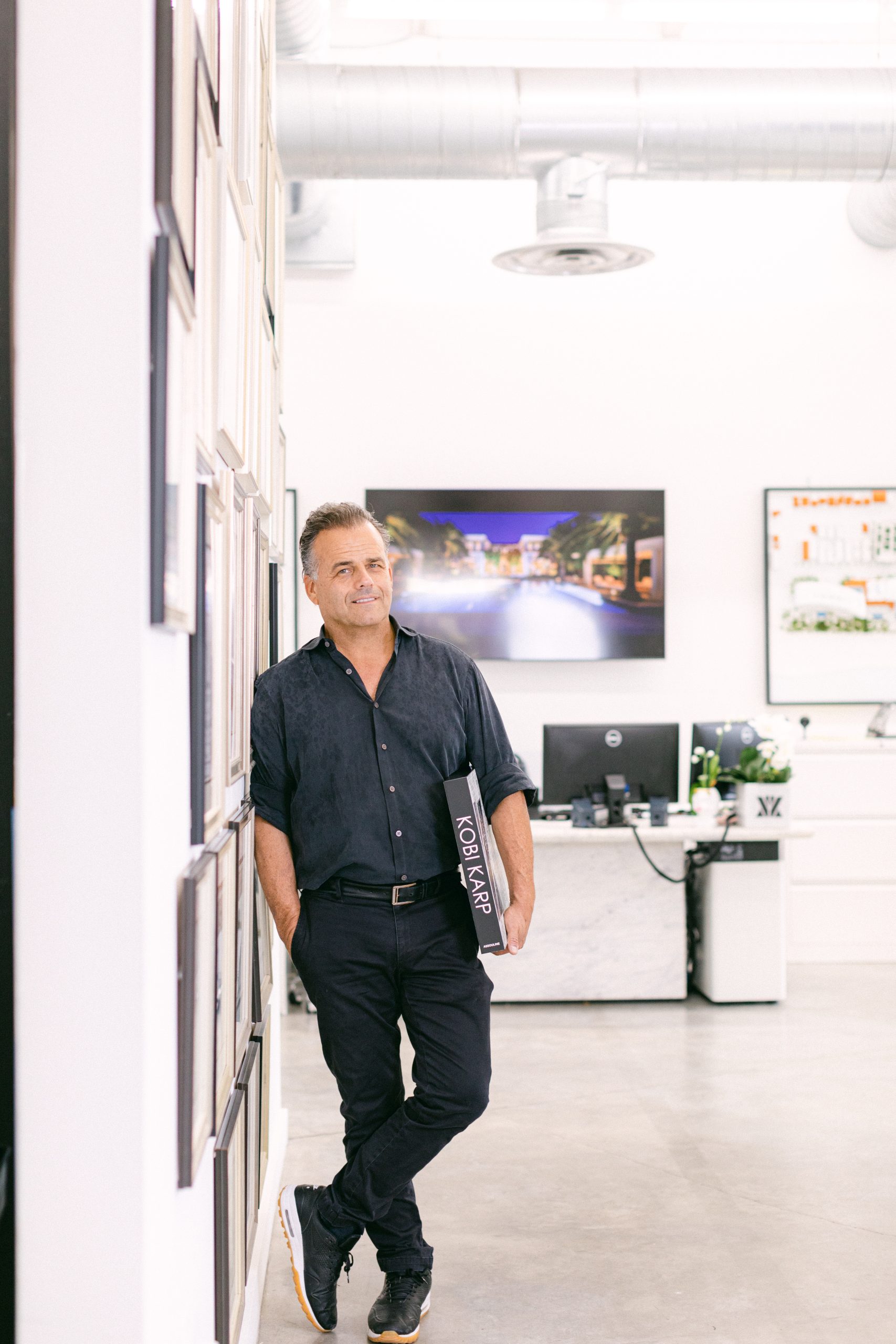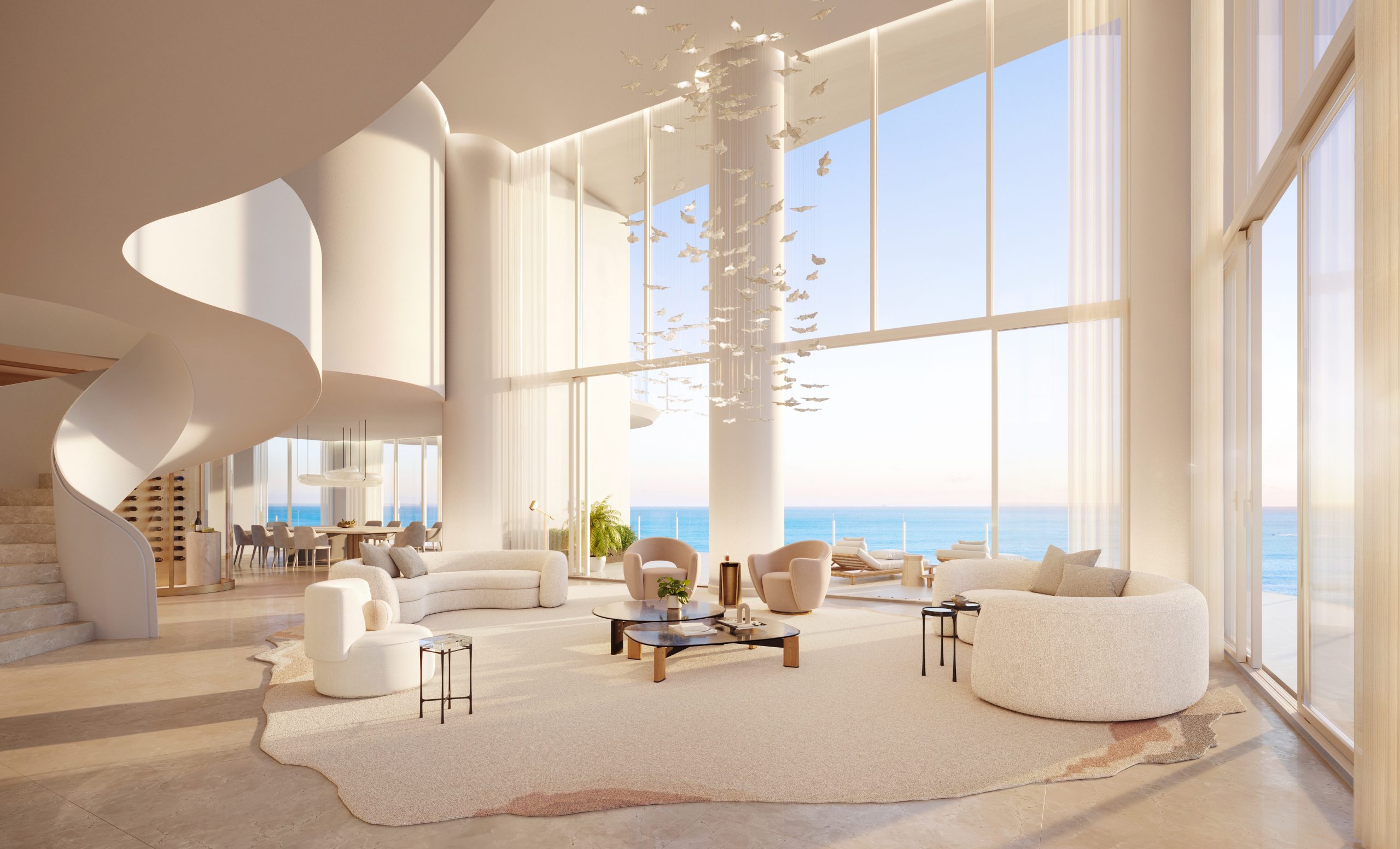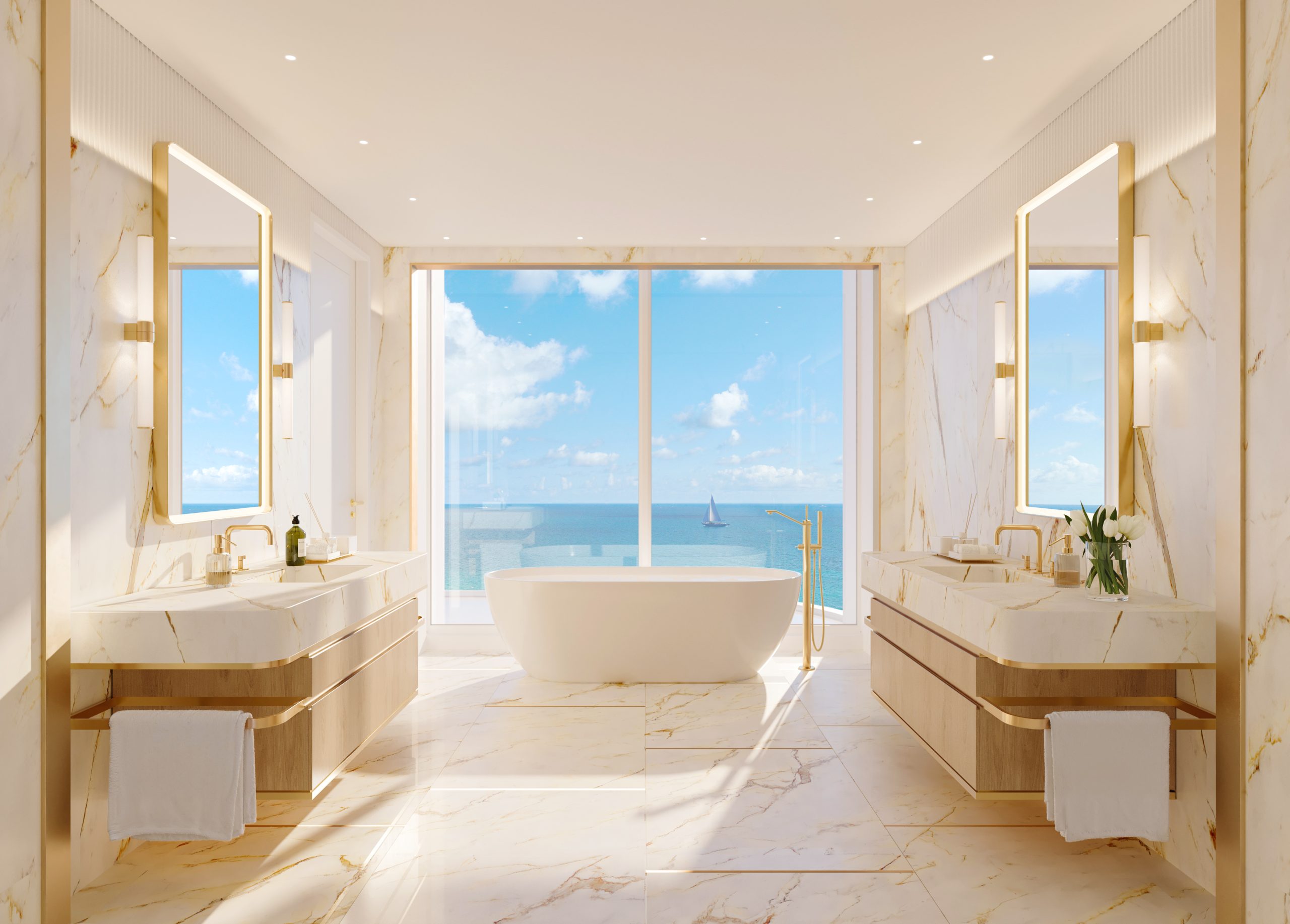Kobi Karp redefines modern architecture with human-centered, climate-responsive design shaping Miami and cities worldwide.
Kobi Karp redefines modern architecture with human-centered, climate-responsive design shaping Miami and cities worldwide.

|
Getting your Trinity Audio player ready...
|
Throughout more than thirty years of practice, Kobi Karp Architecture & Interior Design (KKAID) has transformed the international architectural arena through innovative, anticipatory, and deeply individualized design approaches spanning an extensive portfolio of projects. The firm’s expertise encompasses hospitality ventures, luxury residential towers, commercial retail spaces, cultural institutions, and comprehensive mixed-use developments, culminating in a remarkable $120 billion portfolio of internationally celebrated projects across the Caribbean Basin, the Americas, Black Sea region, Gulf states, and Middle Eastern markets.
Anchored by the fundamental principle that architectural expression should mirror and enhance human interaction, KKAID crafts environments that integrate functionality with contextual sensitivity, developing spaces where design philosophy aligns with natural surroundings while elevating the quality of how individuals inhabit, collaborate, and engage within these environments. Under the leadership of architect Kobi Karp, who maintains prestigious memberships in both the American Institute of Architects (AIA) and the American Society of Interior Designers (ASID), the practice develops vibrant, human-focused spaces characterized by sophistication, pioneering methodology, and unwavering professional standards throughout its diverse project spectrum.

The Ritz-Carlton Residences South Beach, developed by Flag Luxury and partners, offers 30 exclusive “beach houses in the sky” with one- to five-bedroom layouts plus duplex penthouses. Designed by Kobi Karp with interiors by Studio Munge, the tower features over 50,000 square feet of amenities including Michelin-starred Chef José Andrés culinary programming, a double-height lobby with ocean views, rooftop pool deck with cabanas, and a private Technogym fitness facility, all within walking distance of Miami’s premier retail and entertainment districts.





Branded Living caught up with Kobi and asked about his design approach and how he builds spaces that listen to their surroundings.
Branded Living: Your work has been recognized around the world for blending contemporary design with the character of its surroundings. How would you describe your personal design philosophy and the “brand” of Kobi Karp?
Kobi Karp: ” My design approach takes its roots from Miami itself, unfolding into architecture that embraces its context. I believe good architecture listens to its surroundings. In a tropical city, that means buildings that are porous and shaded, that welcome breeze and frame the horizon, places where interior and exterior live together. I have always been inspired by the collaborative lineage here, Lapidus, Polevitzky, and Anis, who stitched a pedestrian fabric along Lincoln Road and the Beachwalk. Our practice continues that conversation with a contemporary voice: clear geometry, honest materials, and details that feel effortless rather than excessive. Luxury, to me, is clarity and calm. We edit. We let daylight, landscape, and proportion do the heavy lifting. Wellness is embedded in the planning: natural, nontoxic finishes, ample daylight, cross ventilation, terraces that pull you outside, and technology that recedes into the background. Most of all, our brand is about relationships with clients, neighbors, and the city. We design in dialogue so new work respects history while moving it forward. The goal is simple: create a first moment of wonder, followed by spaces that make everyday life feel easier, healthier, and beautifully at ease.”
Branded Living: What life experiences or influences have most shaped your creative vision, and how do those inspirations translate into the spaces you design today?
Kobi Karp: “I was shaped by two constants, movement and coastline. Growing up between cultures taught me to listen first to people and place. Early on I absorbed Bauhaus clarity, proportion, and utility, then fell in love with Miami’s Art Deco and MiMo fabric where architecture meets climate and the street. Walking Lincoln Road and South Beach showed me that the ground plane is as important as the skyline. Mentors and collaborators reinforced a simple idea, invite people in, protect them from the sun, and open them to light and breeze. Travel through the Caribbean and the Middle East deepened that lesson. Nature has been a teacher as well. Hurricanes remind us that beauty must be resilient. Those experiences translate directly into the work. We tune massing to sun, prevailing winds, use deep overhangs, loggias, cross ventilation, craft elevated plinths, durable assemblies along the coast. We favor honest materials and a pedestrian first approach so interior and exterior live together. The goal is calm and clarity. Spaces that feel effortless, that support wellness every day, and that belong to their context the moment you step inside.”
Branded Living: The Ritz-Carlton Residences, South Beach, is a rare collection of just 30 oceanfront Beach Houses. What drew you to this project, and how does it embody your interpretation of luxury living in Miami Beach?
Kobi Karp: “I was drawn to the chance to work at two scales at once: the scale of Miami Beach as a walkable city and the scale of a private home. With only thirty Beach Houses, we could stitch Lincoln Road’s pedestrian life to the ocean in a clear and generous way, letting climate, light, and landscape set the brief. Our idea of luxury here is clarity, privacy, and ease. Each Beach House reads like a coastal villa, elevated for resilience and oriented to sunrise and sunset. Plans are porous to the trade winds, with deep overhangs, shaded loggias, and terraces that let interior and exterior live together. We edited carefully rather than added layers, so proportion, daylight, and landscape do the heavy lifting. Materials are honest and tactile—glass, stone, plaster, oiled wood, metal—that weather gracefully in the tropics. Wellness is built in: cross ventilation, abundant natural light, acoustic comfort, and intuitive planning that makes daily life simple. Technology supports quietly in the background. Privacy comes through planting, screens, and sectional moves that frame the sea without shutting out the breeze or view. The result is a calm, sculptural home that belongs to its place and makes every day feel like an arrival. That is luxury in Miami Beach.”
Branded Living: With architecture that must both honor Miami Beach’s historic context and embrace modern lifestyles, how did you strike that balance at the Ritz Carlton Residences, South Beach?
Kobi Karp: “We began by reading the historic fabric as a set of clues: the cadence of Art Deco and MiMo facades, the pedestrian rhythm of Lincoln Road, and the porous edge along the Beachwalk. That gave us the datum for scale, proportion, and ground-plane life. From there, we edited rather than added—clean massing, legible sections, and a streetscape that respects the existing cadence while inviting people in. At the residential scale, we translated those cues into contemporary tectonics: deep overhangs, brise-soleil, and loggias that recall Miami Beach’s shaded verandas, paired with slab-to-slab glazing and precise detailing for today’s lifestyles. Inside the homes, plans are tuned to light, breeze, and privacy. Cross ventilation, layered planting, and screens frame views to the ocean without severing the dialogue with the street. Resilience is integral— elevated plinths and durable assemblies—so longevity supports heritage. The result is a conversation, not a replica: architecture that acknowledges its lineage at the ground and skyline while delivering calm, modern living within.”
Branded Living: Looking across your body of work, what do you feel is the signature element you bring to a community – whether in residential, hospitality, or mixed-used design?
Kobi Karp: “I try to give every project a “public room,” even when it’s private. That can be a shaded forecourt, a breezeway, a terrace sequence, or a lobby that feels like a living room to the street. It is the connective tissue where climate, community, and building meet. We shape microclimates, shade, airflow, filter light, so people naturally gather, slow down, and feel at ease. From there, we choreograph a clear arrival and a calm interior: legible circulation, framed views, and rooms that borrow space from landscape. The architecture is a disciplined framework, good bones, honest materials, resilient assemblies, which supports many lives over time. I prefer long-life, loose-fit: plans that adapt as families grow, hotels evolve, or mixed-use districts shift. Across residential, hospitality, and mixed use, the constant is generosity at the ground plane and clarity in section. If the threshold feels welcoming and the everyday rituals—coming home, meeting a friend, walking to the beach—are made effortless, the building belongs to its place. That civic generosity, paired with quiet interiors tuned to light and breeze, is the signature I aim to bring to every community.”
Branded Living: As you look to the future, what excites you most – whether it’s upcoming projects, new design innovations, or the way architecture can shape the way people live?
Kobi Karp: “I am excited by the convergence of three things: resilient cities, quieter technology, and more generous public space. In Miami and other coastal places, we have the chance to design buildings that work with water, wind, and sun. Elevated plinths, landscape that manages storm events, and materials that weather gracefully can make beauty and longevity the same goal. On the innovation side, I see real promises in low-carbon assemblies, mass timber where it makes sense, and prefabrication that raises quality while reducing waste. The best technology will be almost invisible. Sensors that tune light and air to the user, energy systems that learn overtime, and tools that help us design with more precision while keeping the human hand in the work. Programmatically, the boundary between home, hospitality, and workplace will keep softening. That means flexible plans, generous terraces, and amenity spaces that serve daily life rather than occasional events. At the urban scale, I am most interested in the ground plane. If we can create shaded, walkable streets and breezeways that feel like public living rooms, we will improve daily life in a very real way. Architecture can do that. It can shape healthier routines and a deeper connection to place.”
